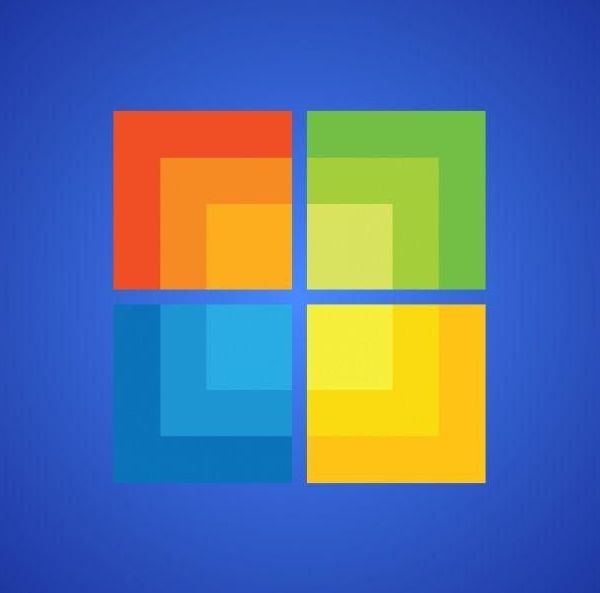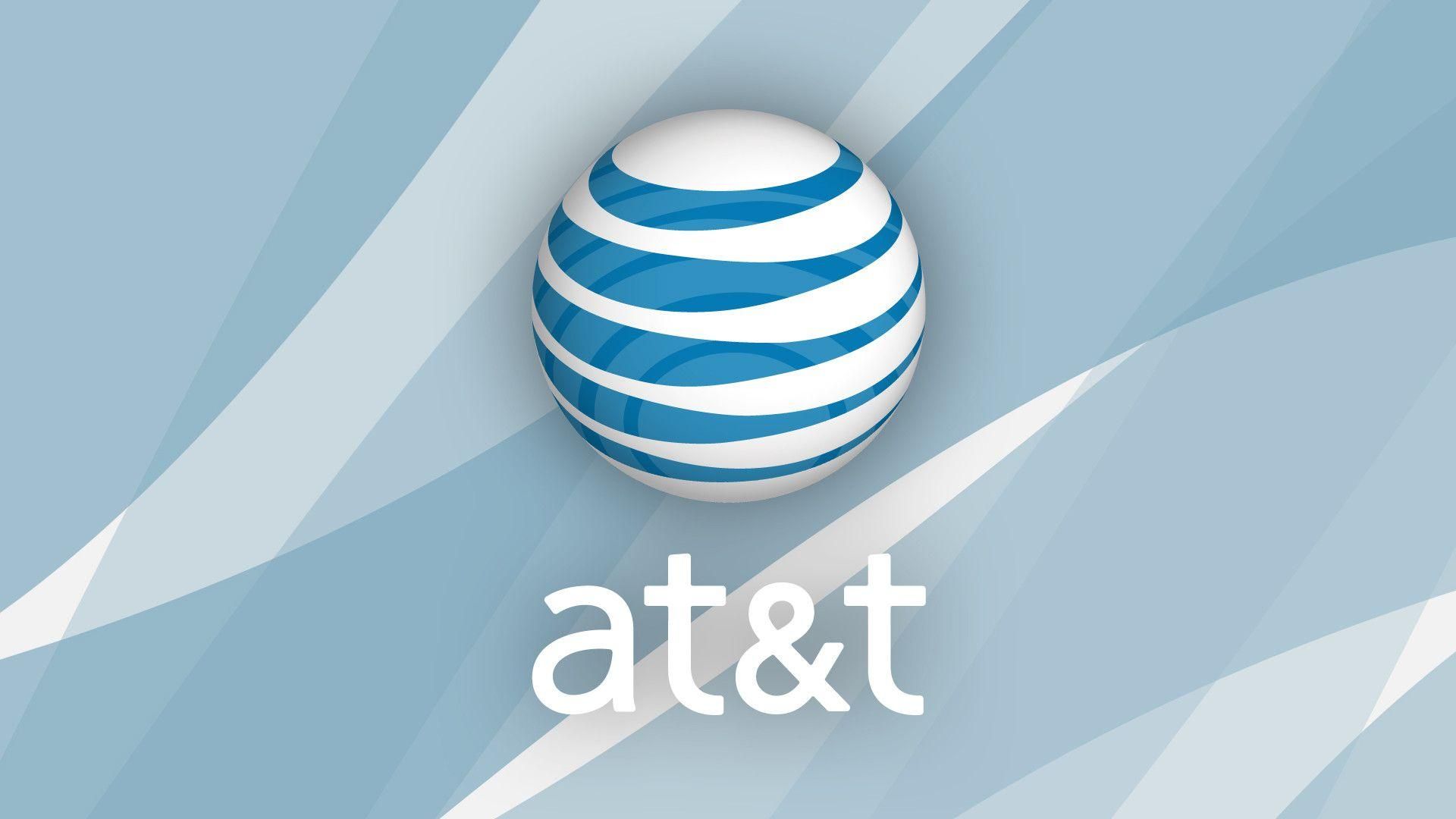September Newsletter
Inside the Newsletter | September 2023
Spot Fake LinkedIn Sales Bots
Have You Tried Microsoft Designer?
Technologies to Help Run Your Small Business Better
Tech Trends to Fuel Your Growth
Tech Tip of The Month
What Should You Expect in the New iOS 17?
LEARN HOW TO SPOT FAKE LINKEDIN SALES BOTS
LinkedIn has become an invaluable platform for professionals. People use it to connect, network, and explore business opportunities. But with its growing popularity have come some red flags. There has been an increase in the presence of fake LinkedIn sales bots.
These bots impersonate real users and attempt to scam unsuspecting individuals. This is one of the many scams on LinkedIn. According to the FBI, fraud on LinkedIn poses a “significant threat” to platform users.
In this blog post, we will delve into the world of fake LinkedIn sales bots. We’ll explore their tactics and provide you with valuable tips. You’ll learn how to spot and protect yourself from these scams. By staying informed and vigilant, you can foster a safer LinkedIn experience.
Identifying Fake LinkedIn Sales Connections
Social media scams often play on emotions. Who doesn’t want to be thought of as special or interesting? Scammers will reach out to connect. That connection request alone can make someone feel wanted. People often accept before researching the person’s profile.
Put a business proposition on top of that, and it’s easy to fool people. People that are looking for a job or business opportunity may have their guard down. There is also an inherent trust people give other business professionals. Many often trust LinkedIn connections more than Facebook requests.
How can you tell the real requests from the fake ones? Here are some tips on spotting scammers and bots.
Incomplete Profiles and Generic Photos
Fake LinkedIn sales bots often have incomplete profiles. They’ll have very limited or generic information. They may lack a comprehensive work history or educational background. Additionally, these bots tend to use generic profile pictures. Such as stock photos or images of models.
If a profile looks too perfect or lacks specific details, it could be a red flag. Genuine LinkedIn users usually provide comprehensive information.
Impersonal and Generic Messages
One of the key characteristics of fake sales bots is their messaging approach. It’s often impersonal and generic. These bots often send mass messages that lack personalization. There may be no specific references to your profile or industry. They often use generic templates or scripts to engage with potential targets.
Excessive Promotional Content and Unrealistic Claims
Fake LinkedIn sales bots are notorious for bombarding users. You’ll often get DMs with excessive promotional content and making unrealistic claims. These bots often promote products or services aggressively. Usually without offering much information or value.
Inconsistent or Poor Grammar and Spelling
When communicating on LinkedIn, pay attention to the grammar and spelling of messages. You may dismiss an error from an international sounding connection, but it could be a bot.
Fake LinkedIn sales bots often display inconsistent or poor grammar and spelling mistakes. These errors can serve as a clear sign that the sender is not genuine. Legitimate LinkedIn users typically take pride in their communication skills.
Unusual Connection Requests and Unfamiliar Profiles
Fake LinkedIn sales bots often send connection requests to individuals indiscriminately. They may target users with little regard for relevance or shared professional interests. Be cautious when accepting connection requests from unfamiliar profiles. Especially if the connection seems unrelated to your industry or expertise.
HAVE YOU TRIED OUT MICROSOFT DESIGNER YET?
One of the newest AI-powered design tools launched is Microsoft Designer. You can use it whether you’re a graphic pro, marketer, or small business owner. Or someone that simply wants to make a funny meme.
Microsoft Designer offers a range of features to streamline your design process.
Let’s explore the key features.
Intuitive and User-Friendly Interface
Microsoft Designer boasts an intuitive and user-friendly interface. This makes it accessible to both beginners and experienced designers.
Its user-friendly features include things like:
- Drag-and-drop functionality
- Contextual menus
- Easy navigation
- Text prompts to start your design
The first prompt it asks is “Describe the design you’d like to create.” This makes it simple for someone with no design experience to use it. Based on your prompt, the system can leverage AI to generate graphics. You can also upload your own.
Comprehensive Design Templates and Assets
Whether you need a business card, flyer, or social media post, this app has you covered. Additionally, the tool offers a vast library of assets. These include:
- High-quality images
- Icons
- Fonts
- Color palettes
You can use these to create visually stunning designs. Ones that align with your brand identity. The abundance of design assets gives you creative freedom and flexibility. You can have fun bringing your vision to life.
Smart Layout Suggestions and Design Recommendations
Microsoft Designer goes beyond being a mere design tool. It’s a knowledgeable design assistant. The tool employs artificial intelligence to act as a “design assistant.” It can analyze your design and provide smart layout suggestions and recommendations. So even if making images isn’t “your thing,” you can make something decent.
The AI help is useful for those who may be new to design or seeking inspiration. Your design assistant can offer optimal font pairings, appropriate image placements, and more.
Seamless Collaboration and Integration
Collaboration is essential in today’s digital workspace. Microsoft Designer understands this need. The tool offers seamless collaboration capabilities. It allows several users to work on the same design project simultaneously.
You can easily share your designs with team members or clients. As well as getting real-time feedback and edits. Furthermore, Microsoft Designer integrates seamlessly with other Microsoft Office applications such as PowerPoint and Word.
Accessibility and CrossPlatform Support
Microsoft Designer recognizes the importance of accessibility and cross-platform compatibility. The tool is available both as a web application and as a desktop application. You can use it on Windows and Mac.
Use it working on your desktop computer or from a mobile device. The tool also adheres to accessibility standards.
TECHNOLOGIES TO HELP YOU RUN YOUR SMALL BUSINESS BETTER
Running a small business can be challenging. But advancements in technology have opened a world of opportunities. Small business owners can use digital tools to streamline operations. As well as improve efficiency, and boost productivity.
But trying to navigate the options yourself can be confusing. Just buying apps because someone told you one was cool, might not be the best strategy. You need to focus on needs and target optimization. Let’s explore some game-changing technologies for small businesses.
Cloud Computing for Scalability and Flexibility
Cloud computing has transformed the way businesses store, access, and manage their data. Apps like Microsoft 365 and Google Workspace allow small businesses to afford more including enterprise-class functions formerly enjoyed only by large companies.
Customer Relationship Management (CRM) Software
Spreadsheets can only take you so far. CRM software can help you improve your sales process. As well as personalize marketing campaigns and provide top-notch customer support.
Collaboration Tools for Seamless Teamwork
Efficient collaboration is crucial for small businesses. This is especially true when employees are in different offices or working remotely.
E-commerce Platforms for Online Sales
Platforms like Shopify, WooCommerce, and BigCommerce make it easy to expand your sales territory online.
Data Analytics for Informed Decision Making
Leveraging data analytics tools can provide valuable insights for informed decision-making.
5 SMALL BUSINESS TECH TRENDS TO FUEL YOUR GROWTH
In today’s ever-evolving digital landscape, small businesses have more opportunities than ever. Many of these call for leveraging technology to their advantage. Embracing the right tech trends can help businesses compete. It enables them to streamline operations, enhance customer experiences, and fuel growth.
Here are 5 small business tech trends that have the potential to drive success as well as propel your business forward in an increasingly competitive market.
- Cloud Computing: Expanding Possibilities
- Artificial Intelligence: Automating Efficiency
- E-commerce and Mobile Commerce: Expanding Reach
- Data Security: Safeguarding Trust
- Automation and Workflow Integration: Streamlining Operations
6 REASONS ACCESS MANAGEMENT IS NOW CRITICAL TO CYBERSECURITY
Cybersecurity has become paramount for businesses and individuals alike. Cyber threats abound, and data breaches and malware attacks are costly. Attacks come from all vectors, including the cloud tools you use every day.
You need to ensure you’re addressing access management in your cybersecurity strategy. Otherwise, you could suffer serious financial consequences.
Reasons Why Identity & Access Management (IAM) Should Be a High Priority
- Mitigating Insider Threats
- Strengthening Data Protection
- Enhancing Regulatory Compliance
- Streamlining User Provisioning and Deprovisioning
- Enabling Secure Remote Access
- Improving Productivity
WHAT TO EXPECT IN THE NEW IOS 17?
Apple’s iOS updates have always been eagerly anticipated. iPhone and iPad users around the world get excited to see what their devices can do next. The newest major release is iOS 17. This fall, Apple is set to introduce a host of exciting new features and improvements.
iOS 17 promises to deliver an even more intuitive and seamless user experience. There will also be big changes for Messages and sharing across phones.
Here are the feature highlights:
- Get an Instant Transcript of Voicemails
- Personalized Contact Posters
- Leave a Video or Audio FaceTime Message
- More FaceTime Enhancements – Reactions & Apple TV
- New Emoji Stickers & Live Stickers from Photos
- Airdrop & Namedrop for Easier Sharing
• Smarter Autocorrect & Dictation - Standby Glanceable Screen Mode
- New Mental Health Features in the Health App
The post September Newsletter appeared first on .




